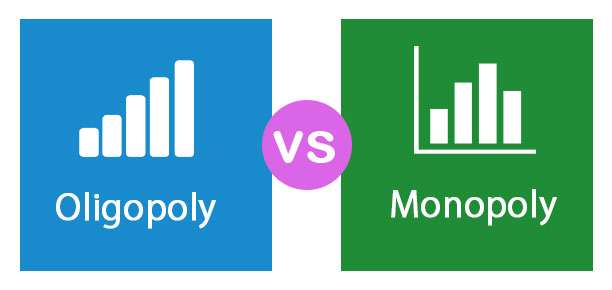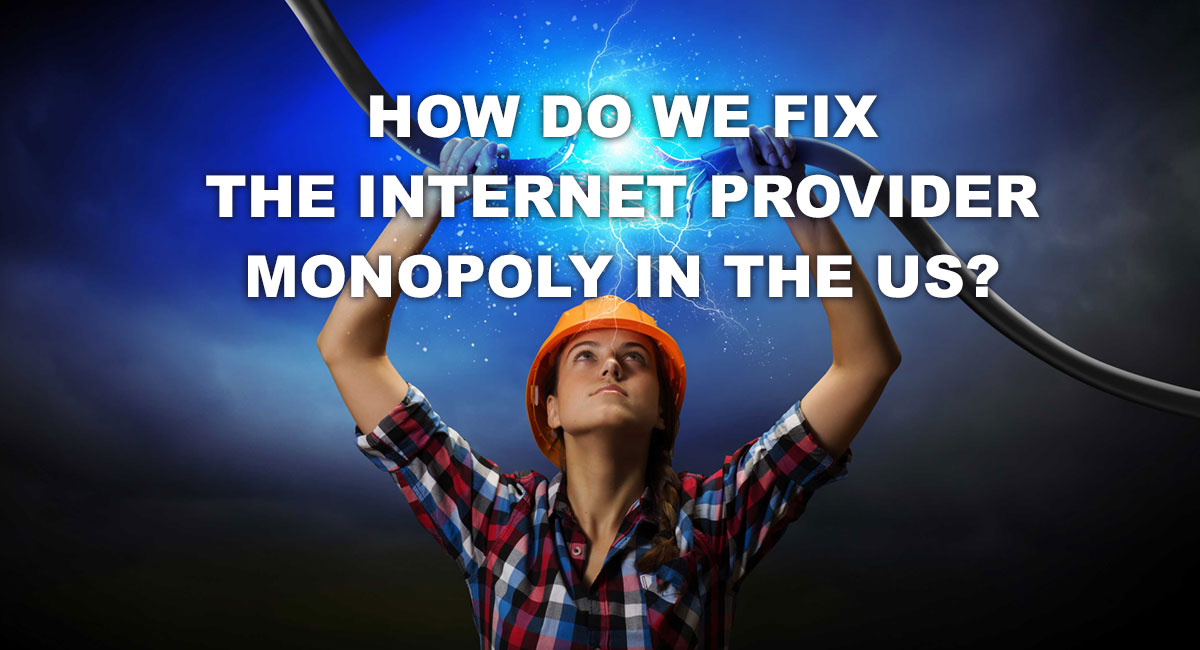The internet’s evolution has not occurred in a couple of days. It took up to two decades for the technology to fully evolve and become mainstream. Dial-up internet was popular in the early days, and millennials recall the unpleasant noise they heard when connected to the internet. The dial-up network, with only a few kilobit rates, could only be used to browse the internet. Now we have high-speed internet connections at our fingertips and we can easily access any information we want to in a matter of seconds. For instance, Xfinity internet packages offer different packages options to their customers, that they can choose from based upon their consumption and requirements. They are not heavy on the pocket and are also reliable.
Fiber, cable, and DSL internet became widespread over time, resulting in a massive revolution and dependence. The internet, for example, is utilized not only for work but also for downloading, socializing, gaming, streaming, and whatnot. It has taken over every aspect of our lives and during the quarantine situations during the pandemic in 2020, it has only risen to power more than ever.
The Broadband Market
In the United States, the current condition of broadband can be divided into two distinct markets. Many large cities and villages have cable internet service that is regarded as adequate for modern needs, while a few communities have fiber. There are only a few areas in the world where fiber is extensively available throughout the community. Smaller towns and rural areas, on the other hand, face insufficient coverage, including subpar DSL, pricey satellite, and restricted wireless internet.
The digital gap has been sustained as a result of this service divergence. People used to talk about the digital divide in terms of who could and couldn’t afford broadband. However, one approach to look at the digital divide nowadays is by geography or place. Broadband and internet connectivity are available in some sections of the country, but not in others. This divide has led to some unexpected consequences. The availability of broadband services is influencing work and life decisions.
However, in the rural areas, there still have been some challenges in overcoming the problems for the line of sight. It is the cost of building towers in the areas with lesser customer density but keeping the building and maintenance cost the same as of broadband networks, especially compared to the fiber networks that have a far more reliable connection and lower maintenance costs. Regardless of where the internet is installed, fiber and wireless providers are slicing up service areas to form mini-monopolies. In the fiber business, the rule of thumb is that whoever puts fiber in a neighborhood first wins, because it’s just not cost-effective to build two replicated fiber networks to fight for the same clients.
Internet Services Provider Monopoly and Oligopoly

Telecommunications and internet service providers are, to some extent, natural monopolies, which means that high infrastructure costs and other entry obstacles provide early entrants a major advantage. Installing a cable system is costly because it necessitates digging up streets, gaining access to buildings, and so on, and once one company has done so, there is little motivation to repeat the process. Furthermore, telecom firms paid what were frequently extremely minimal rates, perhaps only enough to build a public access studio, to wire cities and villages in exchange for virtually obtaining a monopoly.
The majority of the United States citizens have a choice between two services providers. It does not reflect monopoly, but rather an oligopoly, which is similar to but not identical to monopoly. It could become a question of whether or not it is permissible under US competition rules.
Government Involvement
People are blaming ISPs for creating a monopoly rather than the government, but the truth is that the government is to blame for everything. Companies can make it difficult for competitors to enter and survive the market, but government intervention is required to stifle competition. Even though that the broadband policies are under Federal Communications Commission (FCC), there are still significant barriers being imposed for the entry of new providers.
Distributing Ownership
Competition must be fostered to eliminate monopoly or oligopoly, which can be accomplished by requesting other service providers to serve in your area. There is no obligation to accept the suggestion if it does not appear to be attractive. It’s a chance for you to start your Internet service provider. You’ll need to find the best locations for your relays, install customer management software, and buy some hardware.
Local governments can possess the infrastructure and lease it to private-sector enterprises, who can then use it to provide services to customers. Once their power has been eroded, incumbent and competitive services providers will be forced to pay more attention to their clients as a result of distributed ownership. When a provider no longer “owns” the entire customer infrastructure, it is obliged to compete on an equal footing with better services, more types of services, and competitive pricing.
Conclusion
With the constantly rising demand for high-speed internet, governments along with local governments must make it simple for ISPs to construct infrastructure and provide support when needed. To encourage ISPs to compete in the market, costs and fees should be cut and subsidized.
Also Read: Why Use Bootstrap to Design the Amazing Website?

Pradeep Maurya is the Professional Web Developer & Designer and the Founder of “Tutorials website”. He lives in Delhi and loves to be a self-dependent person. As an owner, he is trying his best to improve this platform day by day. His passion, dedication and quick decision making ability to stand apart from others. He’s an avid blogger and writes on the publications like Dzone, e27.co





